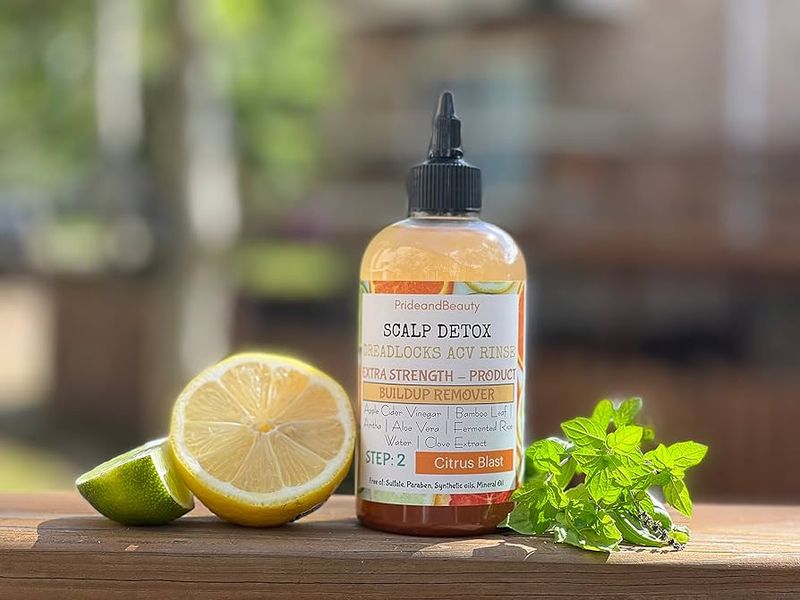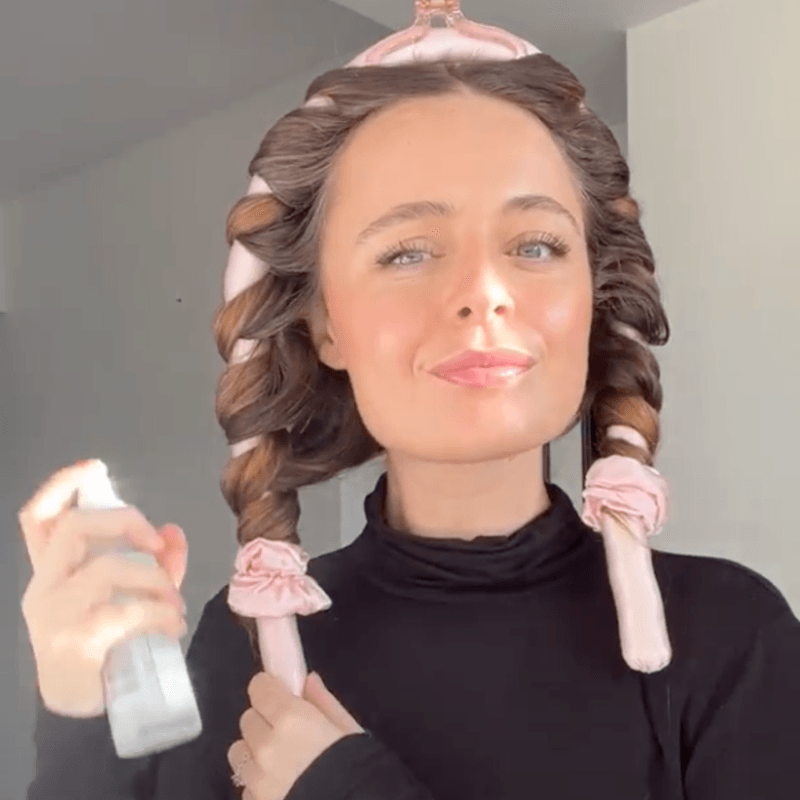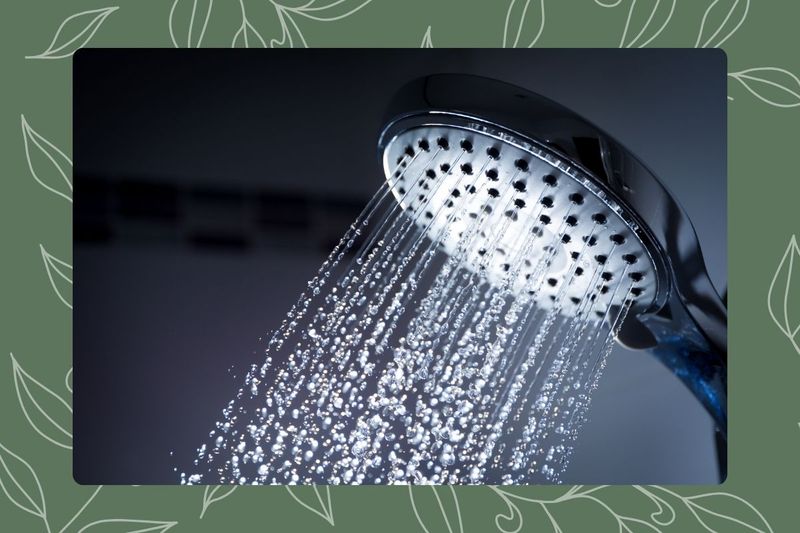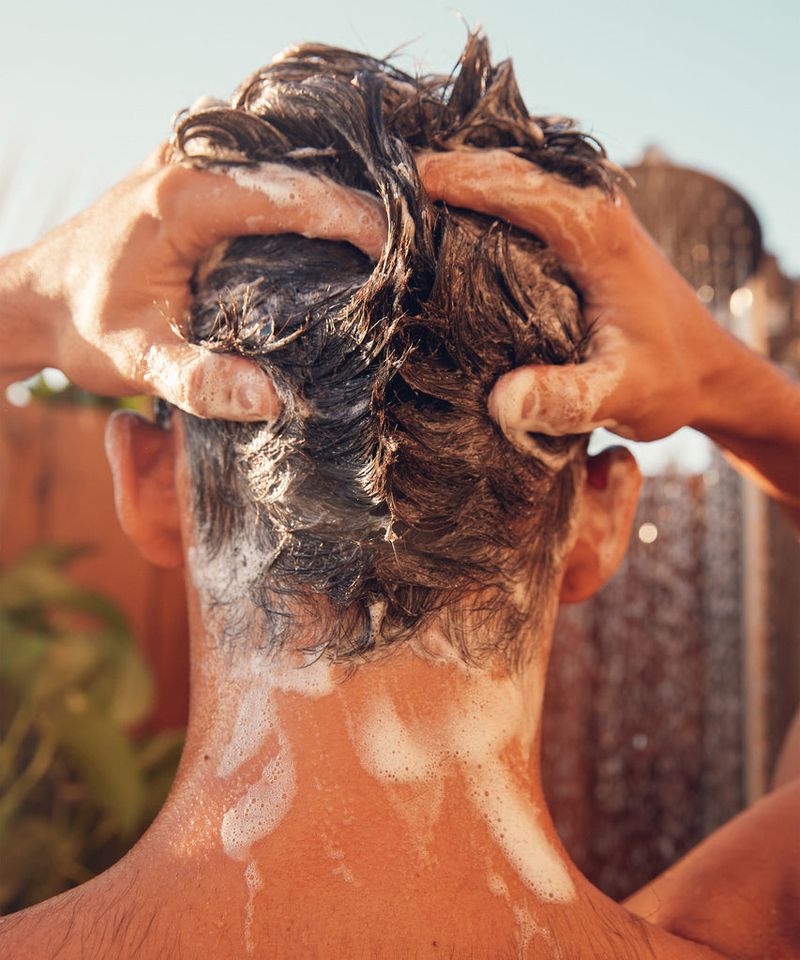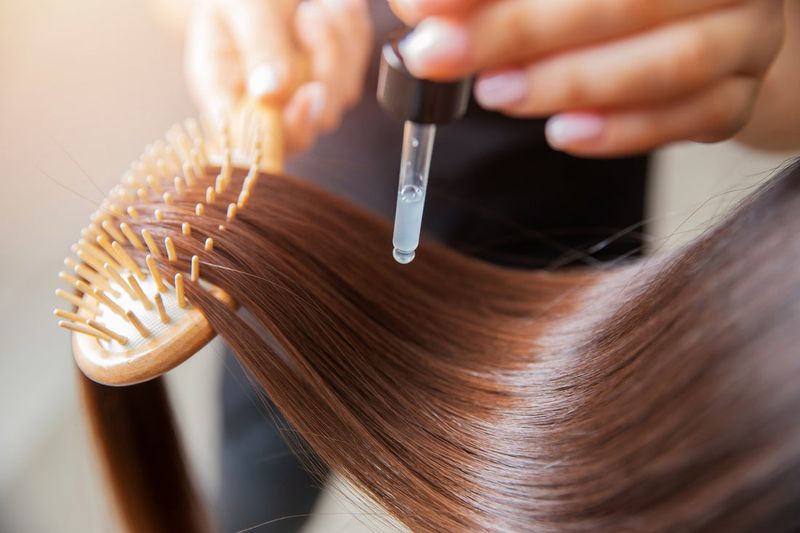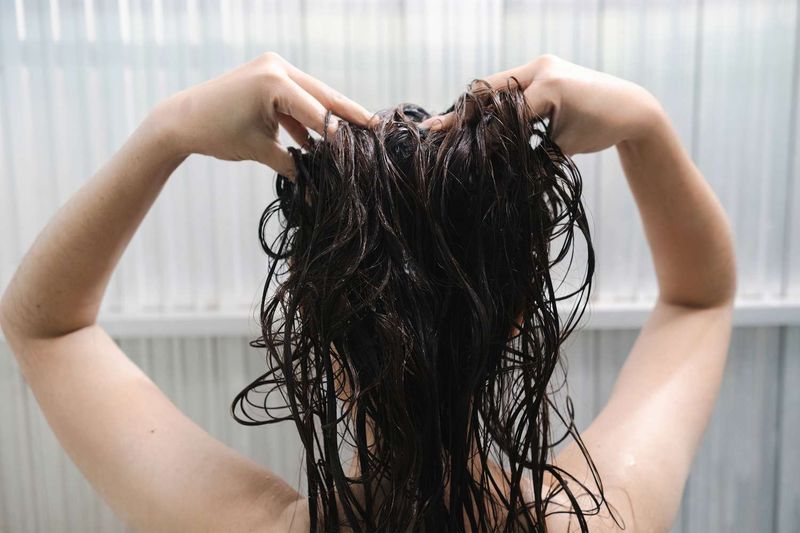Your hair faces daily battles against products, pollution, and styling stress. Over time, these elements build up, leaving your locks dull and damaged.
A hair detox can help your scalp and strands recover their natural vitality. Ready to transform your tresses with a 30-day reset challenge?
1. Product Buildup Sabotages Your Strands
Styling gels, mousses, and sprays create invisible barriers on your hair. These layers prevent moisture from entering and weigh down your natural bounce.
Detoxing removes these stubborn residues, allowing your hair to breathe again.
Related: -7 Straight-Hair Problems No One Talks About And 8 Easy Fixes That Shine
2. Scalp Health Drives Hair Growth
Your scalp is living skin with thousands of follicles. When clogged with oils and dead cells, these follicles struggle to produce healthy hair.
A proper detox clears pathways for new growth and reduces annoying itch.
3. Natural Clarifiers Work Wonders
Apple cider vinegar dissolves buildup without harsh chemicals. Its acidic nature balances scalp pH and adds instant shine to dull locks.
Mix one part vinegar with three parts water for a simple weekly rinse.
4. Silicones Create Fake Shine
Many commercial conditioners contain silicones that coat hair with artificial shine. While pretty initially, these coatings accumulate over time.
Check labels for ingredients ending in ‘cone’ or ‘xane’ during your detox month.
5. Brushing Distributes Natural Oils
Regular brushing with natural bristles moves oils from scalp to ends. This simple habit reduces greasy roots while nourishing dry tips naturally.
Start with 50 gentle strokes each morning during your challenge.
6. Heat Styling Damages Protein Bonds
Flat irons and curling wands break down keratin proteins in your hair shaft. Taking a heat-tool break allows these proteins to recover.
Experiment with heatless styling methods like braids or foam rollers during your detox.
7. Water Quality Affects Hair Health
Hard water minerals coat hair with invisible residue. These deposits make strands feel rough and look dull despite your best efforts.
A filtered shower head removes these minerals, giving you salon-soft results at home.
8. Overnight Oils Repair While You Sleep
Coconut oil penetrates the hair shaft unlike most treatments. Applied before bed, it works all night to strengthen damaged strands from within.
Use just a quarter-sized amount and cover with a silk cap to protect bedding.
9. Diet Directly Impacts Hair Quality
Protein deficiency shows up first in brittle, weak hair. Adding eggs, beans, and nuts to your meals provides building blocks for stronger strands.
Track your protein intake during the challenge month for visible improvements.
10. Weekly Exfoliation Removes Dead Cells
Brown sugar mixed with olive oil creates a gentle scalp scrub. Massaging this mixture removes dead skin cells that regular shampoo misses.
Schedule this treatment every Sunday during your challenge for consistent results.
11. Hair Porosity Determines Product Needs
Low porosity hair repels moisture while high porosity absorbs too much. Understanding your type helps choose effective detox methods.
Test yours by floating a clean strand in water – sinking quickly indicates high porosity.
12. Stress Hormones Trigger Hair Loss
Cortisol from chronic stress pushes hair follicles into resting phase prematurely. Daily meditation or gentle yoga reduces these hormone levels naturally.
Just five minutes of deep breathing each morning can make a difference.
13. Pillowcase Fabric Influences Breakage
Cotton pillowcases create friction that damages hair cuticles while you sleep. Switching to silk or satin dramatically reduces morning frizz and breakage.
This small change preserves your detox progress night after night.
14. Detox Timeline Shows Progressive Results
First week brings increased oil production as your scalp rebalances. By week three, natural shine emerges without heavy products.
Take weekly photos in similar lighting to track visible improvements throughout your challenge.
15. Maintenance Prevents Relapse
Monthly clarifying treatments maintain your detox results long-term. Simple habits like weekly apple cider vinegar rinses prevent buildup from returning.
Create a calendar reminder system to keep your new routine consistent after the challenge ends.




